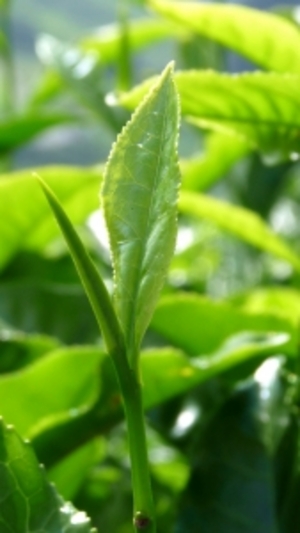Pakistan is a country in South Asia. It is bordered by Afghanistan and Iran in the west, India in the east and China in the far northeast. Its area almost twice the size of California (803,943 sq. km). The capital city of Pakistan is Islamabad. According to 2008 census, the population comprises several main ethnic groups: 48% Punjabi, 12% Sindhi, 10% Saraiki/Multani, 8% Pashtun, 3% Baloch, and 3% other.
Punjabi is the largest ethnic group in Pakistan. Punjabi belongs to Indo Aryan people. Punjabis are found primarily in the Punjab provinces of Pakistan. Islam is the religion of about 97% of the population of the Punjab in Pakistan, with a Sunni majority and Shia minority. Although most of Punjabis was Islam followers, but ‘Caste”, is the most important social grouping among Punjabis. The family is the basic unit of Punjabi society. Marriages are arranged by the parents of the boy and girl. Most Punjabis are farmers, but they also have a distinguished tradition of military service.
Sindhi is the second largest ethnic group in Pakistan. Like Punjabi, they are also an Indo – Aryan people. Sindhi are found primarily in the Sindh provinces of Pakistan. Sindhis are predominantly Muslim. Muslim Sindhis tend to follow the Sunni sect, but Shia Muslims are a substantial minority. Their culture is a combination of Islamic traditions and Northwest Indian customs and civilization. They are peaceful, hardworking, hospitable, open-minded community. Most Sindhis are farmers, fisherman (at Indus River and Manchar Lake), merchants (flourish in business particularly that of cloth and textiles) and laborers.
Saraiki people or Multani people are an ethnic group from the south-eastern areas of Pakistan. Most of them lived at southern region of the Punjab province of Pakistan. Their language belongs to the Indo – Aryan language. the majority of Saraikis follow Islam. Fun fairs are the most beautiful aspects of their culture. Like Punjabis and Sindhis, most of Saraikis were farmer. Saraiki farmers remain very good cotton growers.
The Pasthun are the mountain people who live in North West Pakistan. In Pakistan, Pashtun also called Pathan. They are an Indo-Aryan ethnic group. Most Pashtuns are Sunni Muslims, while some follow Shia Islam or other sects. In their culture, when a baby is born, Pashtun whisper the call for prayer in the baby’s ear. Not like another ethnic groups in Pakistan, Pashtun people in the border of Pakistan-Afghanistan live as nomads. But, in Pakistan, they also have considerable influence in the politics, army, government, business and trade.
The Baloch people lived at the region of Balochistan provinces in the southwest Pakistan. The great majority of Baloch follow the Sunni Islam. But there are also a significant number belonging to Shia Islam. The land of Balochistan is exceedingly inhospitable. thats why, in their life, animal husbandry is more important than farming. But, today there are Mirani Dam on the River Dasht. It will provide dependable irrigation supplies for the development of agriculture and add more than 35,000 km² of arable land.
Civilian politics in Pakistan in the last decades has been tarnished by corruption, inefficiency, sectarian/religious violence (Shia and Sunni conflict) and confrontations between various institutions. As we know, there are Shia followers in each ethnic group. The study notes that the level of Sunni-Shia tension has gone up since 1980 (after execution of deposed President Zulfiqar Ali Bhutto). As many as 4,000 people are estimated to have died in sectarian fighting in Pakistan.
There are also ethnic conflict in Pakistan. As we know, Punjabi were the largest ethnic group in Pakistan. The Punjabis dominate the Army in Pakistan and control the nation’s political structure. While, The Sindhis have dominated business in Pakistan. Bhutto’s assassination in Rawalpindi (Punjab province), has endangered the uneasy balance in which Sindhis suppressed their ethnic-nationalist desires. Some Sindhis said that Benazir Bhutto was killed because she was a Sindhi. As a result of Bhutto’s assassination, the level of Sindhi – Punjabi tension has gone up.








